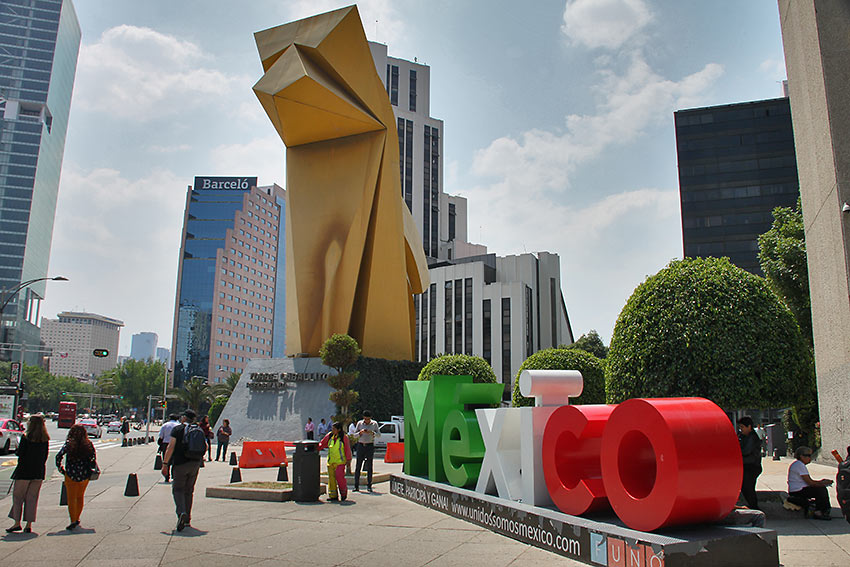
And then the rains came down, blessing this magical and sacred city of 21,321,000 million inhabitants and giving them a gentle reprieve from their bustling and productive lives. It has been said that Mexico City has a perfect annual spring temperature, making it an abundant produce belt for Mexico and the rest of the world. Mexico is the first nation in the world awarded a UNESCO Cultural Heritage Listing for their contributions to world cuisine, and I did my best to sample as many dishes that my stomach would allow. The rains were good timing for me, too. I had already explored 8-days of the city’s many museums and attractions – Mexico City has more museums than any city in the world next to London – and it was time to fly home. Reflecting on my Mexico City experience as I packed, I knew I would be asked questions from my gringo friends up north about the exaggerated reports of crime and the character of the Mexican people by the U.S. White House. I found no crime, and the locals were kind and welcoming. I could not pull out a map without someone rushing over to offer their guidance. Of course, like any major city there are robberies and assaults, but the crime rate in New Orleans, for example, is over five-times higher than Mexico City.
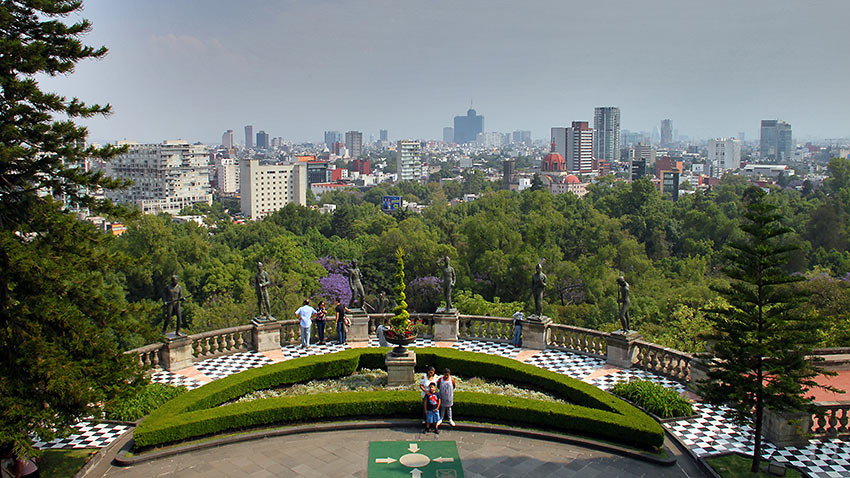
Mexico City: A Turbulent History
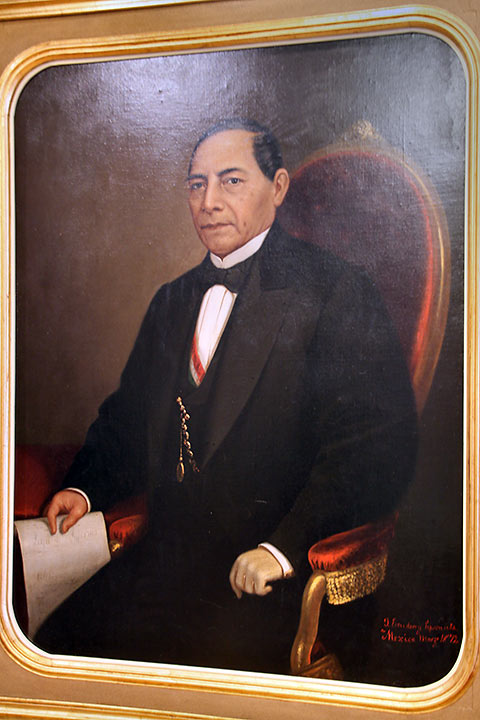
The nomadic and warlike Mexica (Aztec) people hailed from where the current Arizona border and Mexico meet today. Legend tells us they were informed by a god that they would find their homeland in a place where an eagle is perched on a cactus with a serpent in his mouth. This sign was found on an island in the middle of Lake Texcoco, approximately 700 years ago in the high plateaus of central Mexico. The Aztec’s arrival led to skirmishes with local tribes, but the Aztecs eventually prevailed, forcing them to pay high taxes and becoming the source of ritual human sacrifices. The Aztecs created an empire of enchanting beauty and magnitude with the building of enormous temples, palaces and a ceremonial center on the island, along with canals, little inlets and additional man-made islands. In 1519 when Hernán Cortés and his Spanish conquistadors first laid eyes on this stunning empire, he reported back to Ferdinand and Isabella of the Kingdom of Spain that it was the most breathtaking metropolis in which he’d ever seen, including ones in Europe. Initially Moctezuma ll, the Aztec ruler, greeted Cortés as a god, even bragging that they had recently sacrificed 20,000 warriors, but soon realized the Spanish’s true motive of conquest, and pushed them out of the empire. Cortés returned with more armaments and conquistadors, easily defeating the Aztecs, who by now had been weakened by the spread of European diseases and the alignment with anti-Aztec tribes who had not forgotten their brutality. Moctezuma ll was killed, and Ferdinand and Isabella instructed Cortés to destroy all Aztec structures and fill in the lake, offering a soggy support for immense European-style churches and buildings. Mexico City has been slowly sinking since they were built at an average of 3 to 4 inches a year. Tenochtitlan was rechristened Mexico City and the capital of New Spain. The Spanish plundered the lands for gold and riches, with the help of the now enslaved populace. Mexico became a republic after achieving independence from Spain in 1821.
But post-independent Mexico’s turbulent history continued, plagued by political dysfunction, along with violent and nonviolent coups. In 1833, General Antonio López de Santa Anna served eleven non-consecutive presidential terms before leading the nation into chaos. Mexico was defeated by U.S. forces during the expansionistic and dubious Mexican–American War in 1846, losing 1/3rd of their northern territory, including nearly all of present-day California, Utah, Nevada, Arizona and New Mexico.
The Liberal Reform War, headed by Mexico’s most beloved president, Benito Juarez (1806-1872), curtailed the power of the Catholic Church and created a democratic process for all citizens. Next followed the brief French intervention, with Maximilian I as emperor (think Cinco de Mayo) and finally, the Mexican Revolution in 1910, where the autocratic president, Porfirio Díaz, stripped the populace of their democratic rights, which were taken back by Francisco I. Madero (president until assassination) with the help of folk bandit-turned-revolutionary Francisco “Pancho” Villa and peasant-turned-politician Emiliano Zapata.
In 1928, President Lázaro Cárdenas, a former revolutionary general, revived the social revolution and carried out a series of agrarian reforms, distributing twice as much land to peasants than all of his predecessors combined. The Mexican Cultural Revolution continues, where the work by artists like Diego Rivera and Frida Kahlo, photographer Tina Modotti, composer Carlos Chávez and writers Martín Luis Guzmán are introduced to the world stage. Mexico’s international status grows with Mexico City hosting the 1968 Olympic Games. In 1994, Mexico joins the U.S. and Canada in signing the North American Free Trade Agreement (NAFTA). Vicente Fox is elected president, and focuses on reducing corruption, crime and drug trafficking. In the July 2016 presidential election, Felipe Calderón wins by one percentage point.
Touring Mexico City
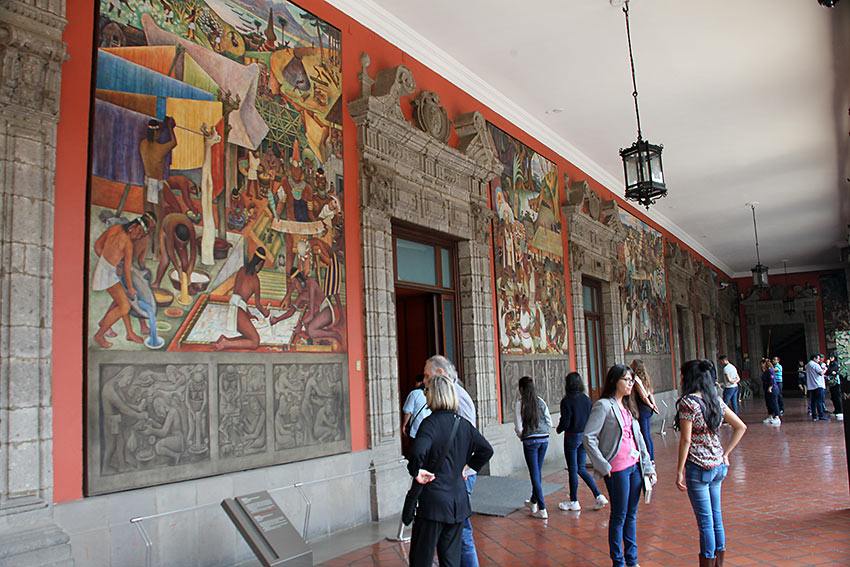
CENTRO HISTORICO is the birthplace of Mexico City; featuring historic buildings, magnificent churches, museums, friendly vendors, talented musicians and docents in Aztec attire. The Zócalo (main plaza) is built on the remains of the Aztec’s Tenochtitlan, and now houses the National Palace, which features the Benito Juarez Museum, and the remarkable murals by Mexico’s most famous painter, Diego Rivera. His murals cover the history of the Mexican people from pre-Hispanic origins to the middle of the 20th century, giving voice to the indigenous people and cultures of Mexico. His most famous mural, Epic of the Mexican People, is painted on the wall above the main staircase. To witness the power of this stunning masterpiece in person is to be moved to the depths of your soul.
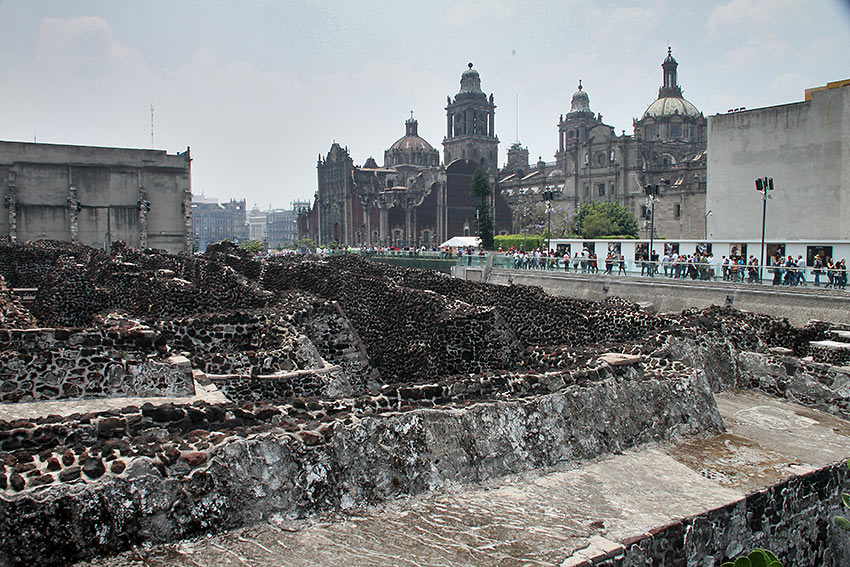
Templo Mayor – In 1978, electricity workers discovered an eight-ton stone-disc carving of the Aztec goddess Coyolxauhqui. A decision was wisely made to demolish the colonial buildings and begin excavation, soon making it Mexico City’s most important archaeological site. A temple was revealed on the exact spot where the Aztecs saw the prophetic eagle perching on a cactus with a snake in its beak – which they considered the center of the universe. That very symbol graces the Mexico flag today.
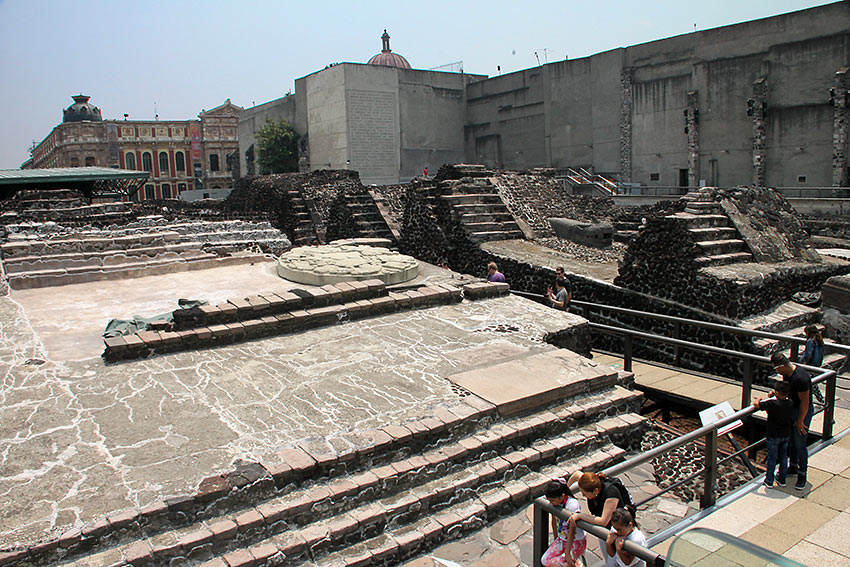
The Templo Mayor museum was built in 1987, and visitors can now follow a winding walkway through the excavated ruins (as further excavations continue), plus visit the museum with many of its artifacts on display.
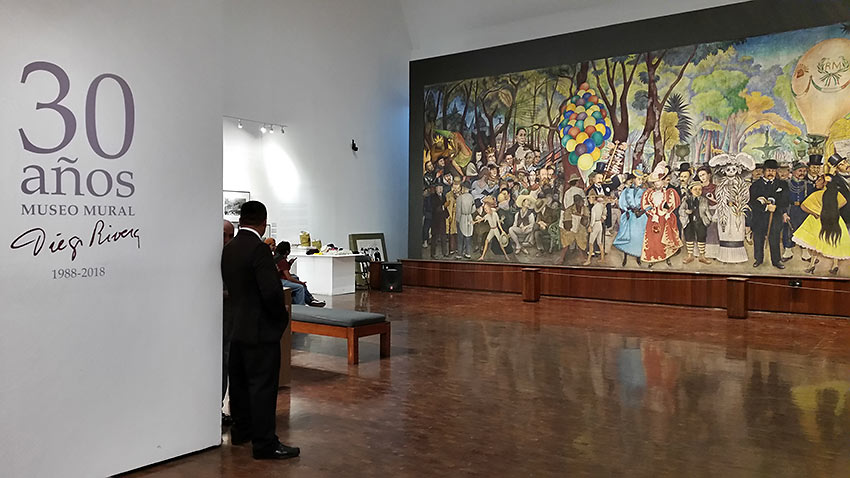
Palacio de Bella Artes rests a few blocks up the road from the Zócalo, across the street from the fountains and statues of the delightful tree-lined Alameda Park. In the park is the must-see Diego Rivera Mural Museo, dedicated to his life and work. Palacio de Bella Artes is considered the city’s cultural center. Construction was off and on, once again due to soft subsoil. It was completed in 1934 in the style of Neoclassical and Art Nouveau on its exterior, and primarily Art Deco inside. The palace is renowned for more murals by Diego Rivera, numerous exhibitions and theatrical performances. I was in attendance at the Ballet Folklórico de México, which fit my own theme of exploring the culture and history of Mexico City. The dancing was colorful and sublime, with music by the most talented mariachi band in which I’ve ever heard.
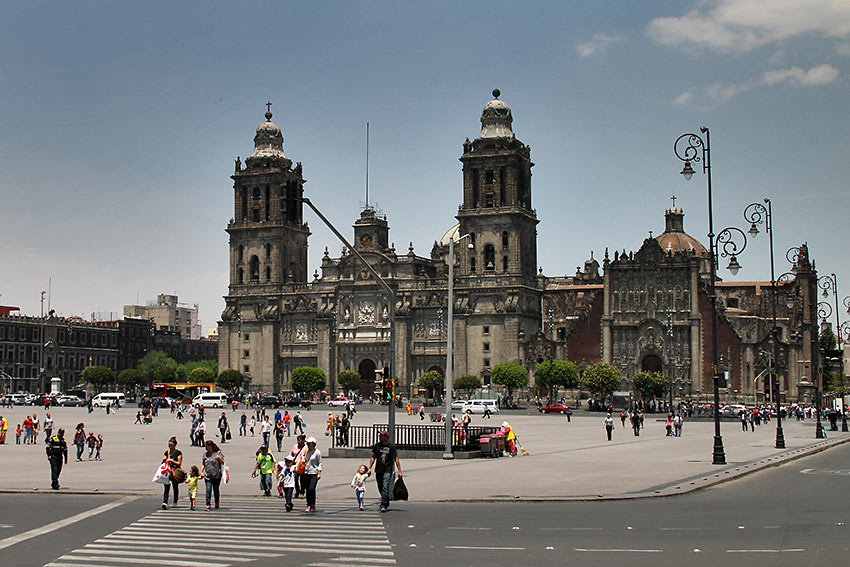
Cathedral Metropolitana is the oldest and largest cathedral in all of Latin America. Built in sections from 1573 to 1813, the stones from Templo Mayor were used in construction in a trinity of styles: Baroque, Neo-Classic and Neo-Renaissance; basically what was in vogue for that period. Highlights include five naves, 14 chapels, underground catacombs and many prized works of art from the colonial era. The massive cathedral dominates the Zócalo, and, like many structures in Centro Historico, is sinking due to its weight on the former Aztec temple and muddy subsoil. You will notice a much older-looking church next to the cathedral, known as the Sagrario Chapel, built in the mid-1700s
Bosque de Chapultepec is Mexico City’s main park, serving as the principal cultural and recreational center of the city. At a sprawling 1,6950 acres, twice the size New York’s Central Park, the expansive green urban park features woodlands, forests, lakes, gardens and walking paths. Major attractions include the Museo Nacional de Antropologia and Castillo de Chapultepec, additional world-class museums, a zoo with 2,000 animals, botanical garden and recreational lake for boating, as well of hordes of snack vendors, street performers and souvenir stands.
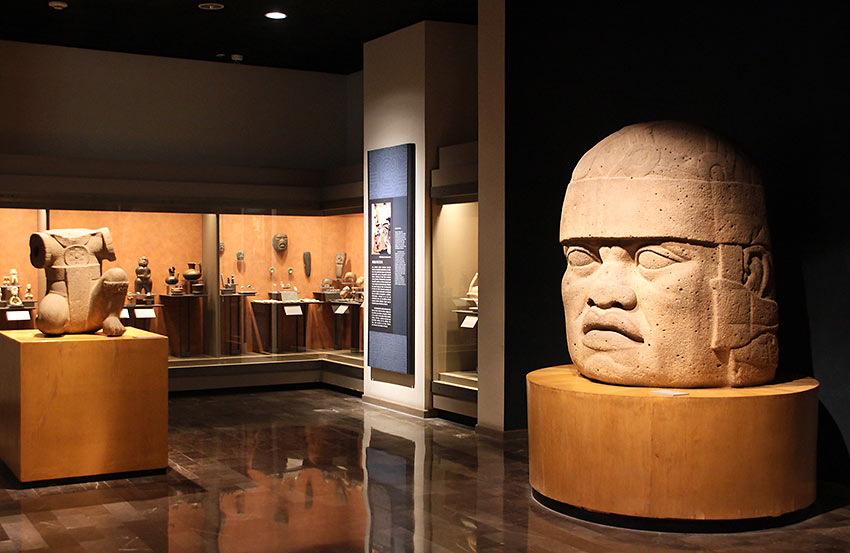
The Museo Nacional de Antropologia can be only described as a must-see experience, containing the world’s largest collection of ancient Mexican art and ethnographic exhibits about Mexico’s indigenous civilizations. There are 12 ground-floor halls each dedicated to the cultural regions of pre-Hispanic Mexico, while an upper-level explains how Mexico’s indigenous descendants live today. The museum’s scope and vast richness can easily fill the day; so come early for it gets extremely crowded.
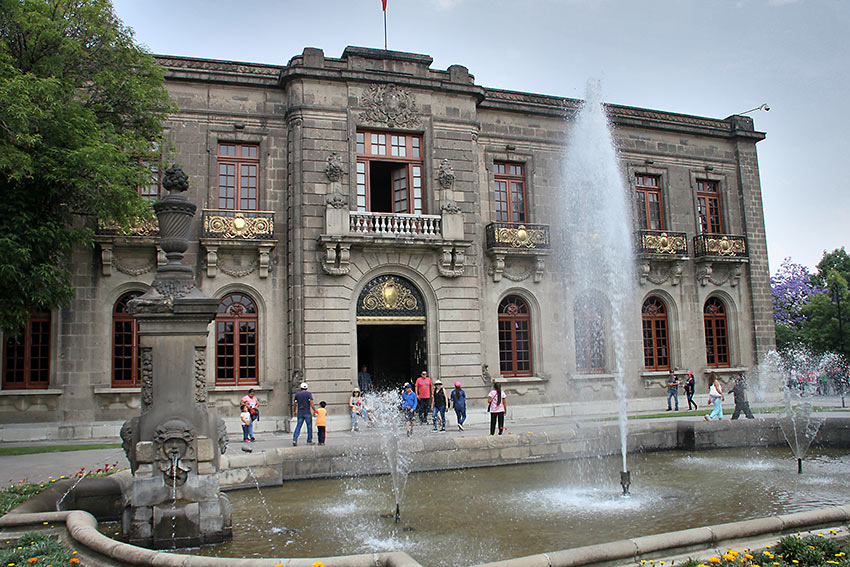
Castillo de Chapultepec, perched atop a high hill (grasshopper hill), was once a Spanish summer palace, later repurposed as the Mexico National Military Academy, the historic site of the last-ditch effort of Mexican resistance in the still controversial Mexican-American War. Approximately 5,000 defenders, including cadets from the academy, gallantly faced fierce hand-to hand combat with U.S. forces under General Winfield Scott. After their defeat, six cadets known as Los Niños Héroes, jumped to their death, holding the Mexican flag. The palace later became the residence of Emperor Maximilian I, then a presidential residence. Catching my breath in the serenity of the palace’s exquisite courtyard, with spectacular views of the park and the city, it was hard to imagine such violent history ever took place. The castle today hosts the National Museum of Mexico with objects from various stages in Mexican history, along with displays of furniture and art from Maximilian and past presidents.
Coyoacán is an idyllic tree-lined neighborhood flush with shaded pocket parks, glistening fountains, sidewalk cafes and small museums. Its location was once beside a lake, outside of the city. As Mexico City grew it surrounded the little city, now on a dry lake, preserving the neighborhood, making it a delightful outing for locals and tourists alike.
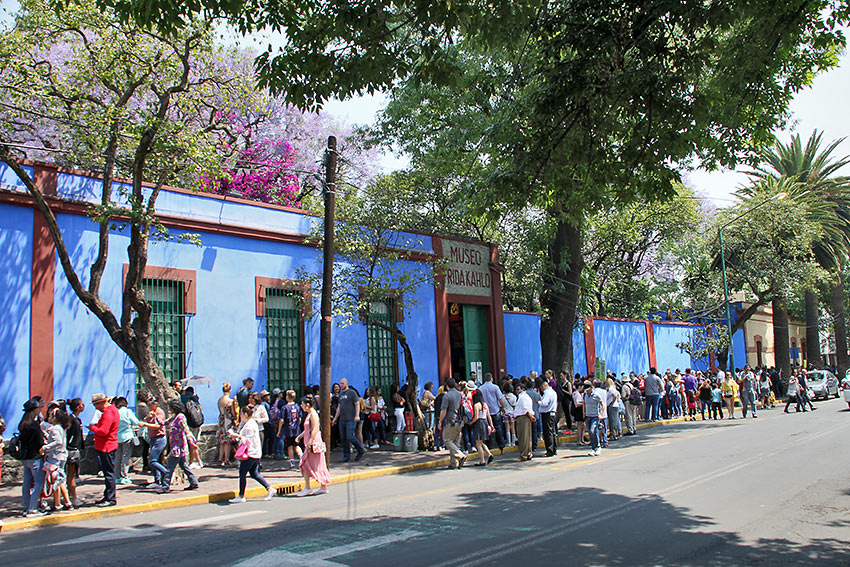
Museo Frida Kahlo is Coyoacán’s most popular destination, which features her house and art museum, celebrating her life and work. Painted in vibrant cobalt-blue colors, the house was Kahlo’s birthplace and where she lived all of her life, and contains minor artwork by her, along with paintings by Diego Rivera, her workspace, Mexican folk art, pre-Hispanic artifacts, photographs and memorabilia. Frida has become the poster child for Mexico Tourism as much for her work as well as for spiritedly overcoming the adversarial conditions of her life which included childhood polio, a tragic streetcar accident, acceptance as an artist due to her gender, and two marriages with womanizer, Diego Rivera. Long before the term ever existed, she lived her life as an art form, even selecting her daily wear down to the smallest detail. It is essential that you purchase your tickets the day before, or you will face a long and time consuming line.
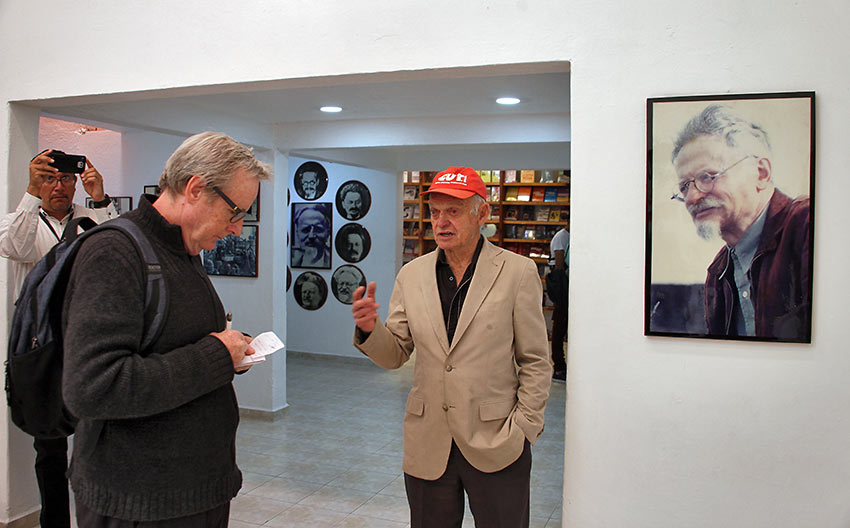
The Leon Trotsky Museum is located just a few blocks away from the Kahlo Museum. Trotsky was one of the original Russian Bolsheviks, and considered heir to Lenin, but was exiled, then hunted by the tyrannical Josef Stalin regime after he forced his way into power. Trotsky was on the run, but was given political asylum, sponsored by Diego Rivera and Frida Kahlo. Along with his wife, he lived in the Kahlo house for a few years. Later they relocated to a new fortress-life home with watchtowers, where he was assassinated by one of Stalin’s agents, who had posed as a family friend. As I entered the museum I was told that I was to have a private tour by the museum’s director. To my surprise, the museum director was none other than Trotsky’s grandson, Esteban Volkov. A remarkably spry and dashing man in his early 90s with impeccable manners, Mr. Volkov had lived with his grandparents at age thirteen, and was wounded himself as a result of Stalin operative’s failed machine gun assault. The bullet holes are still on the walls. He walked me through the museum, patiently explaining in detail the history of photos from Trotsky’s lifetime, his participation in the Bolshevik Revolution, family tree, books and newspapers, and the backyard where he planted vegetables, tended to his rabbits and is buried. The center of the museums is Trotsky’s study where his iconic spectacles, papers and books are left in the exact position on the very desk where he sat when bludgeoned to death with an ice axe. Mr. Volkov ultimately raised his own family in the house, then turned it into a museum on the 50th anniversary of the assassination of Trotsky.
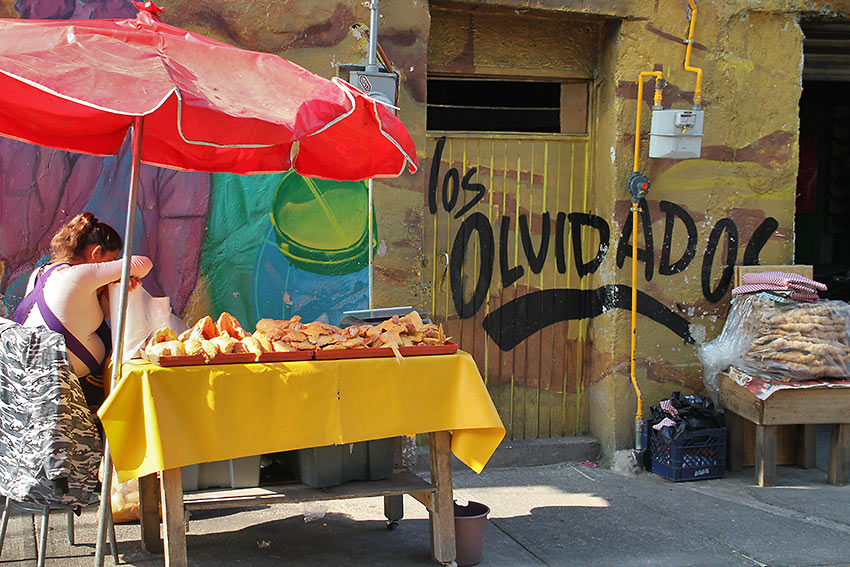
Roma Norte Neighborhood – As the popularity of authentic travel grows, a walking tour of Roma Norte neighborhood offers visitors an unique opportunity to experience Mexico City’s daily life as a local. Once the place of palatial-like homes for the wealthy, the buildings were repurposed for a younger generation as boutique hotels, offices, apartments and condominiums in an eclectic architectural design. Roma evokes the tranquil ambiance of Coyoacán, but is also very cutting edge with a Bohemian and European flair. Galleries, bars, sidewalk cafés, food vendors selling high-end dishes, and hipster coffee shops, with preparations that would leave a Starbuck’s barista’s head spinning, line the street. As a film buff I was delighted to find locations that Spanish-turned-Mexican director (later French), Luis Buñuel used in his 1950 masterpiece, Los Olvidados (aka The Young and the Damned). The film reintroduced Buñuel to the international film scene, winning “Best Directed Film” at the 1951 Cannes Film Festival. Roma Norte is blessed with many little pocket parks, shaded by trees, ideal for just watching life go by. Roma Norte borders the Condesa neighborhood, which I am told is a little more posh, but offers similar wonders.
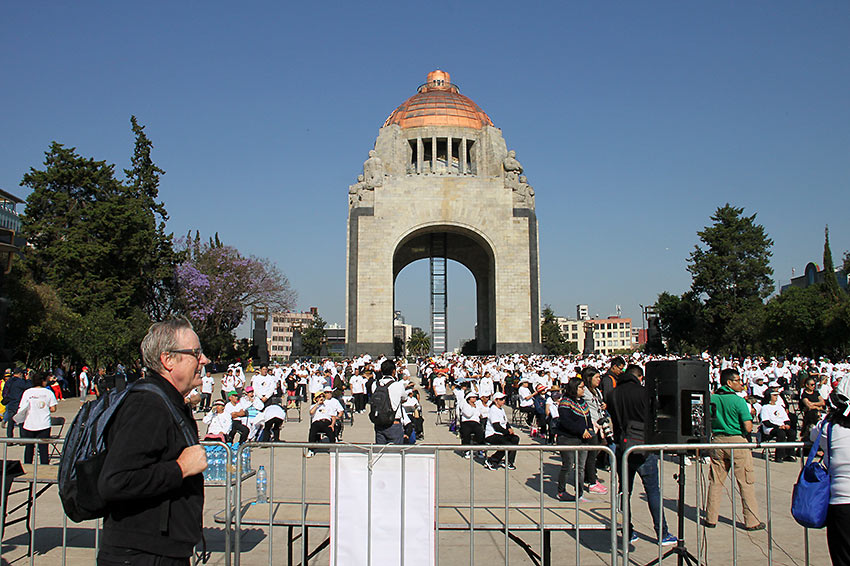
Monumento a la Revolución is a landmark and monument commemorating the heroes of the decade-long Mexican Revolution of 1910, where up to two million lives were lost. Located in Plaza de la República, which crosses at the heart of the Paseo de la Reforma and Avenida de los Insurgentes in downtown Mexico City, it is also known as the Arch of the Revolution. The conflict began when Francisco I. Madero sought the overthrow of the hated dictator Porfirio Díaz, with the help of Francisco “Pancho” Villa and Emiliano Zapata. An elevator and staircase leads to the monument’s copper dome for impressive 360-degree views of the surrounding skyline. In the basement there’s a museum and mausoleum for the heroes of the Mexican Revolution. For a Villa experience, checkout La Opera Bar where he once rode his horse inside and put a bullet hole in the ceiling, still visible today.
Outside of Mexico City
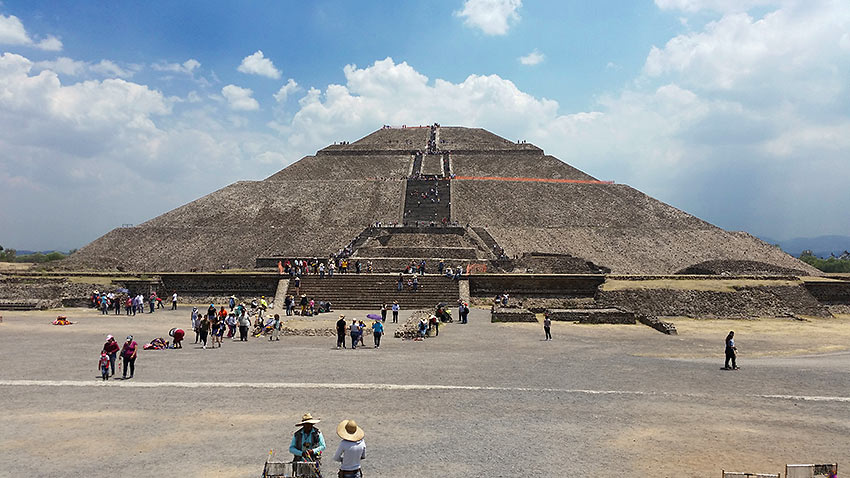
Teotihuacan is located 25 miles northeast of Mexico City, coverings an area of 32 square miles, believed to be founded around 100 B.C. Teotihuacan is best defined by the epic size of its monuments, Pyramids of the Sun and the Moon, which are laid out on geometric and symbolic principles. To this day no one is sure who these ancient people were that built it, and why they abandoned the city. At its peak, Teotihuacan was the largest city in the pre-Columbian Americas, with a population estimated at 200,000, making it the sixth largest city in the world. Teotihuacan was already in ruins by the time of the Aztec’s arrival, almost 1000 years later. They basically left the city alone, but did borrow a number of the innovative building practices. The Spanish completely ignored it, with the arid countryside not offering any treasures. As I stood by the base of Temple of the Sun, the second tallest pyramid in the world, I stared long and hard at the monumental 248 steep steps to the top, broken up by five landing rises that supported the temple. As I charged up to the landings, I took the opportunity to stop and catch my breath, though pretending I was enjoying the view. The final steps were the steepest, with a cable designed to help you pull yourself to the top. I felt like Rocky Balboa after his climb of the Philadelphia Art Museum, but due to the serenity of the experience, refrained from any excess celebrating, and just marveled at the panorama of the entire complex.
Our guide insisted that I stroll down the Avenue of the Dead to the oldest of the pyramids, the Temple of the Moon, and then climb to the top. I was told I would achieve a sorrowful feeling due to all the dead buried inside, but sadly I only felt fatigue and need for a beer. Teotihuacan and was designated a UNESCO World Heritage Site in 1987, and is the most visited archaeological site in Mexico.
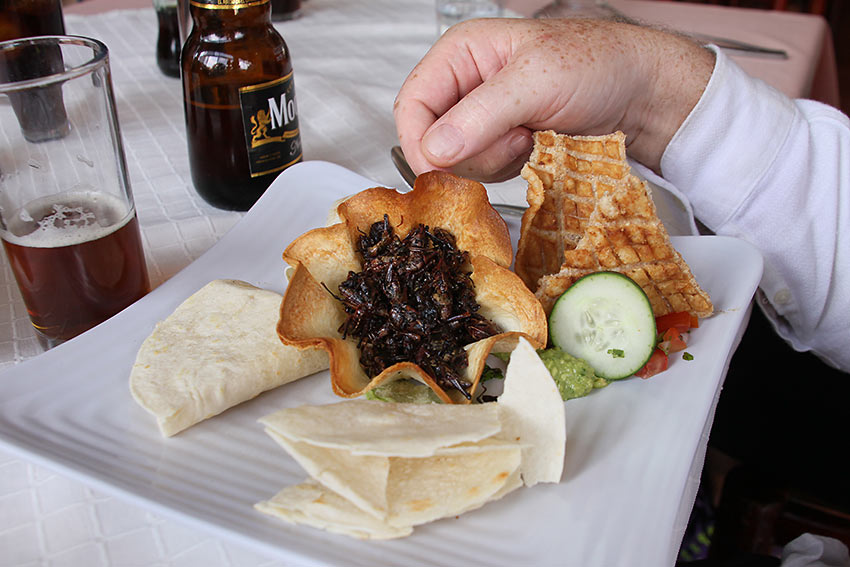
Xochimilco Floating Gardens stretch out about 17 miles south of Centro Historico, and is yet another of Mexico’s UNESCO World Heritage Sites. Originally a large lake bed, a series of canals was established for easy transportation to other pueblos. Once discovered by the Aztecs, they designed an agricultural technique of using chinampas (raised agricultural fields between canals) to extend arable land into wetland areas. They were formed by rooting rectangular cane frames to the lake floor and filling them with alternating layers of aquatic weeds, muck and earth until they rose up above the surface of the water. Willow trees were planted along the edges of the fields where their roots helped to contain the chinampas, which created intensive farming of swampy areas, allowing the Aztec empire to sustain a large population.
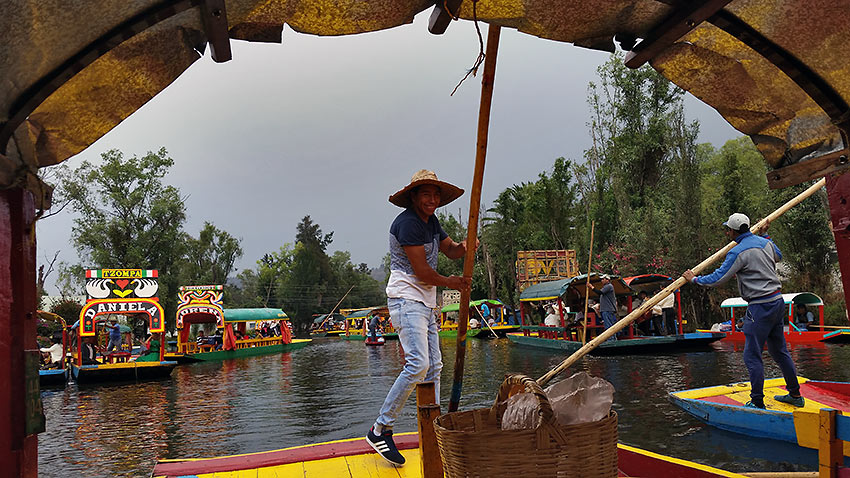
Today, you can rent a brightly colored flat-bottomed boat called a trajinera (similar to gondolas, with a captain) for your own exploration of the canals. It can be a bit of a traffic jam with vendors gliding by on smaller trajineras, selling hot food items made right on their boat, craft vendors, flower merchants, mariachi bands willing to play a tune for a price, b-day parties, and hordes of students dancing and celebrating graduations and other events. If time is no consideration, you can float further down the canals in relative peace to enjoy commercial areas and pristine wilderness. We can thank the Spanish who understood the purpose of the produce richness of the canals and for once left things alone.
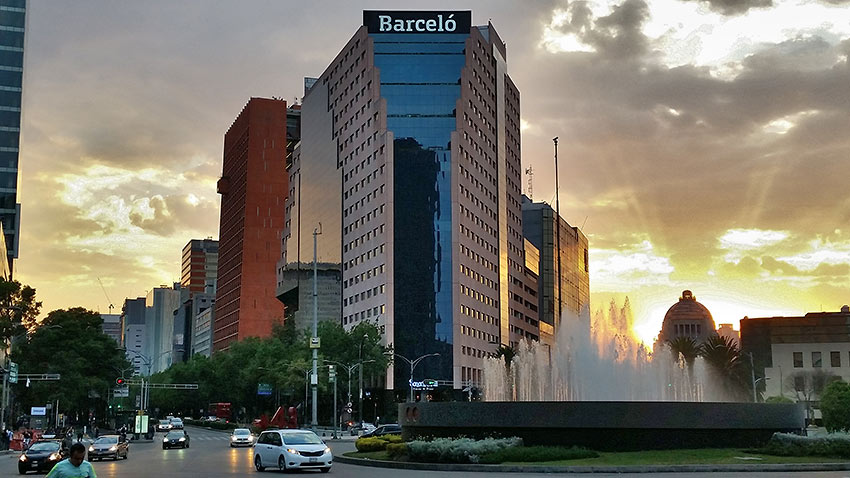
WHERE TO STAY: Barceló México Reforma
I generally don’t write feature articles about properties in which I had stayed, but that was before my lodging at Barceló México Reforma. The five-star hotel is nestled in Central Mexico City on the iconic Paseo de la Reforma avenue, making it the ideal location for exploring the city’s attractions. Just around the corner is the arch-like Monument to the Revolution, a modern-day architectural wonder and museum commemorating the Mexican Revolution; the Centro Historico’s main plaza, only a pleasant 20-minute stroll; and the Benito Juárez International Airport, just a 20 minute cab drive away. The creature comforts were endless with 505 luxury rooms, commanding views of the city, swimming pool, wellness area, fitness center, fine cuisine, along with a buffet breakfast and happy hour included in the price. But there was something more about Barceló México Reforma; something that I had never experienced before at a large hotel, particularly one that is part of a chain of 230 hotels under the Barceló Hotel Group banner. The staff at the hotel offered a sense of warmth and intimacy, and sincerely cared about my well-being.
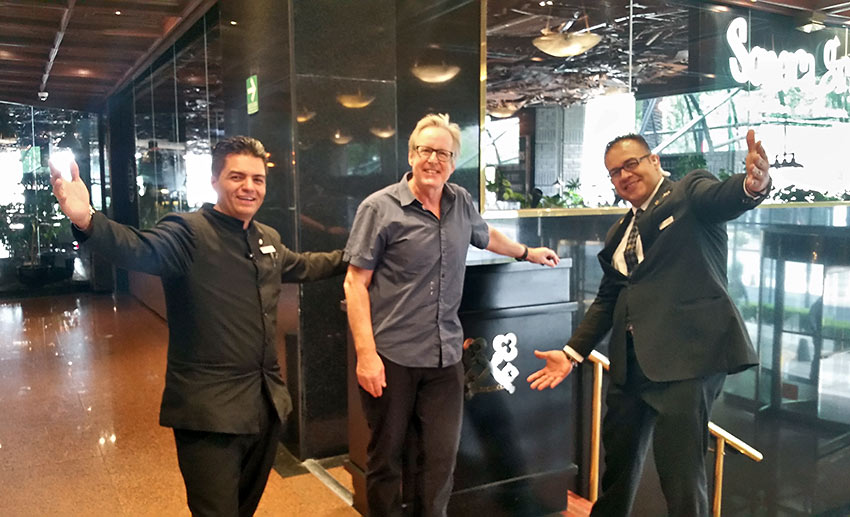
A member of the concierge team was always available to answer any questions about restaurants, directions, tours, you name it. My mornings generally began with a “Good morning, Mr. Boitano. Can we be of any assistance today?” The pièce de résistance was at the end of the trip where I had a bout with some bad bacteria. (Please note: my photographer enjoyed the same meals as me, and experienced no symptoms other than euphoria) A member of the concierge staff actually walked to a local drug store in the middle of the night to purchase medications for me. It happened again at the crack of dawn where another staff member did the same thing. When it was advised that I needed to go to urgent care at a hospital, Jesus Rodriquez, a pivotal member of the team, patiently escorted me on foot for the six-blocks to the clinic. The professional care I received at the hospital was better than I’ve ever experienced at any U.S. hospital. In many respects the kindness, attention and hospitality that I received at Barceló México Reforma was indicative of the very character of the people of Mexico City. I was told by famed travel writer, Richard Carroll, who’s lived in the Yucatan and written guide books about Mexico, that the people in Mexico are the most gracious and hospitable people in the world. Now I know what he means. Since 1989 the Barceló Hotel Group has dedicated social work through the Barceló Foundation, which collaborates in health, education, economic development and culture projects in underdeveloped countries. I liked that about the hotel, too.
For further information, contact Visit Mexico City and Barceló México Reforma
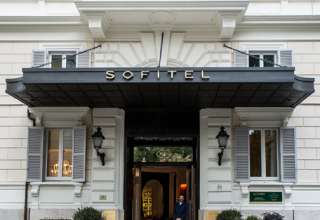
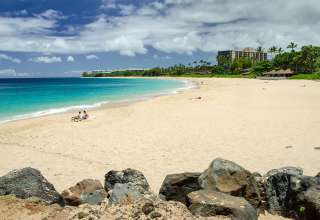
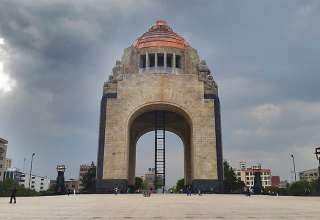






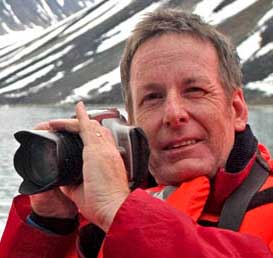
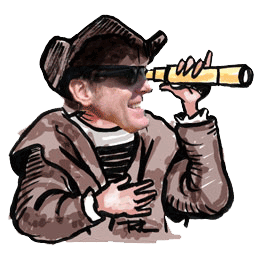
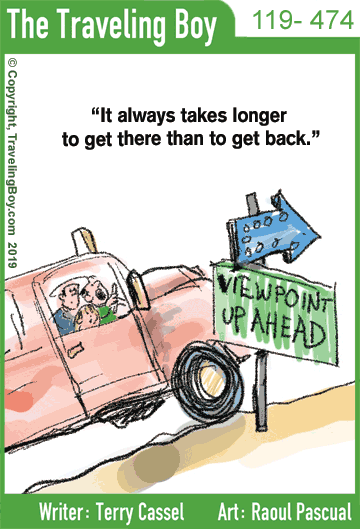














Barbara H.
May 4, 2018 at 10:02 pm
What an exhilarating adventure. I dind’t know Mexico had so much Art and history.
I love your photos. Deb Roscamp has an artist’s eye.
It’s hard to imagine why so many of the locals would want to emigrate Northward. Mexico is a beautiful country.
Barbara